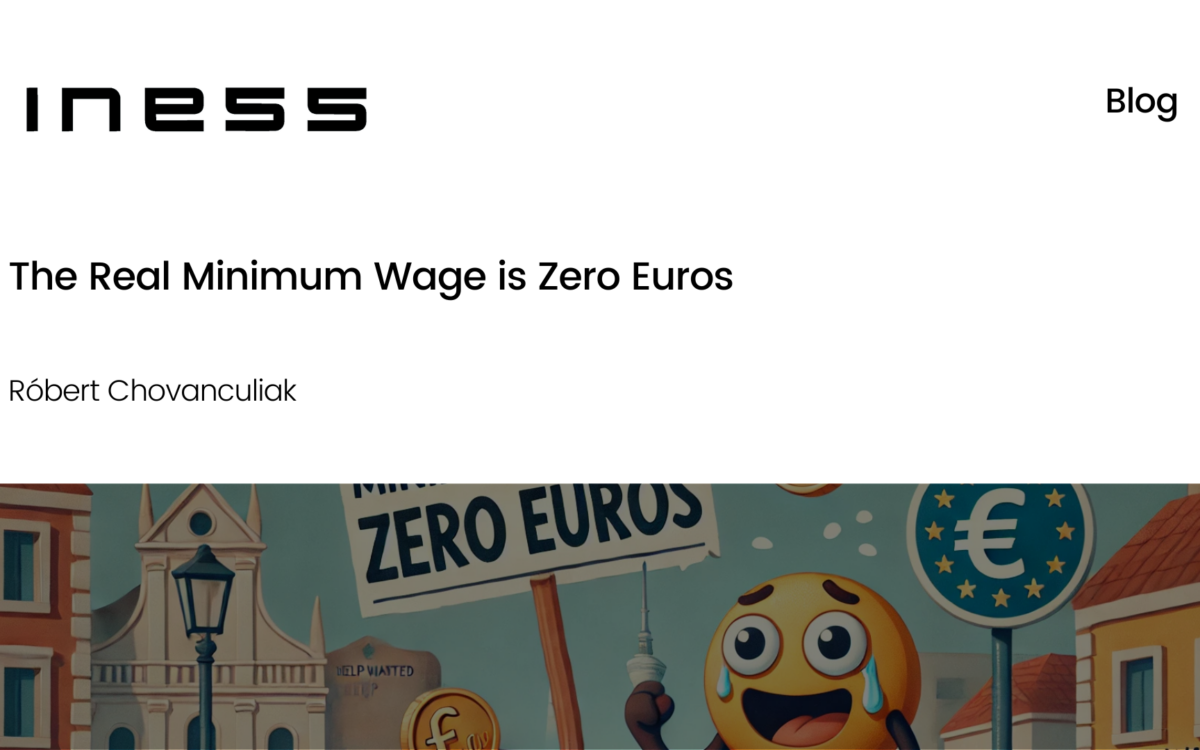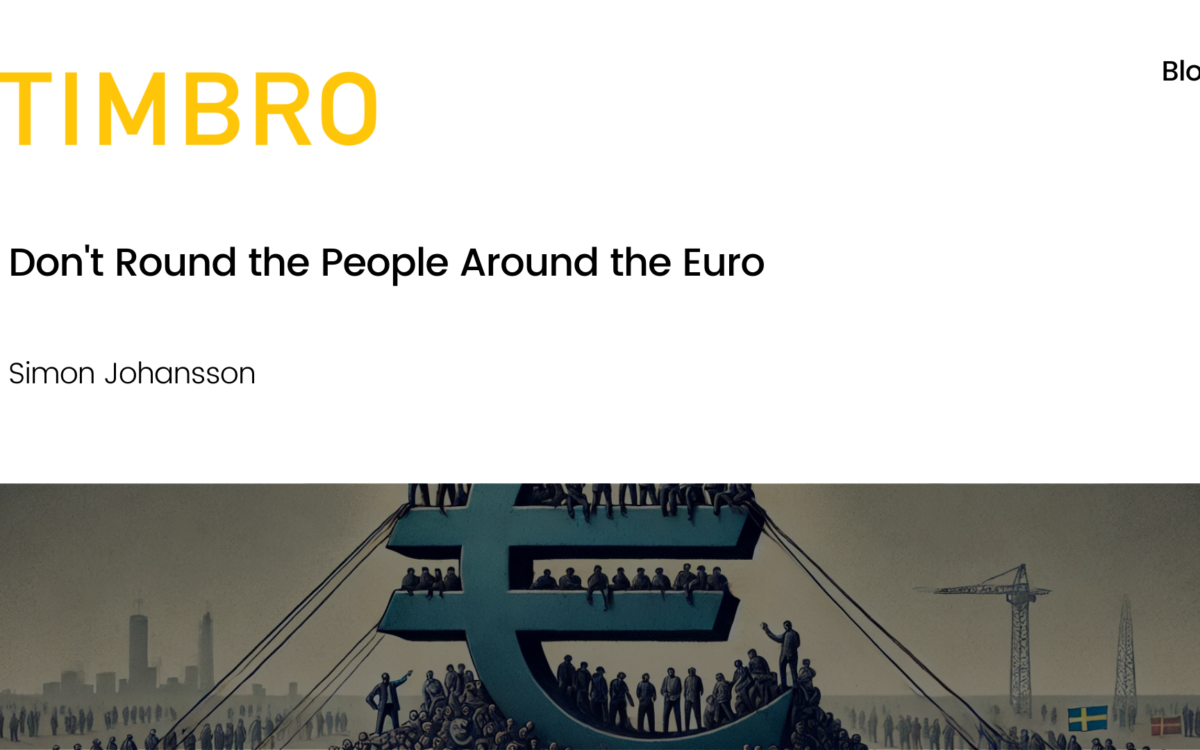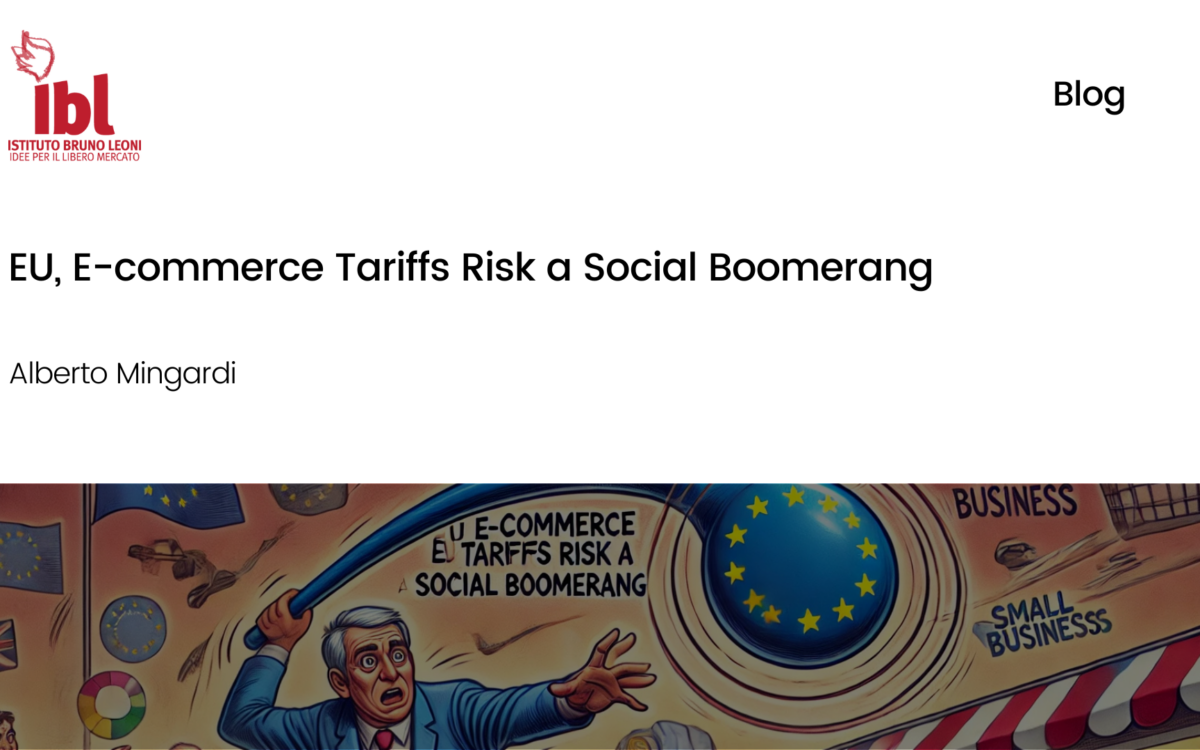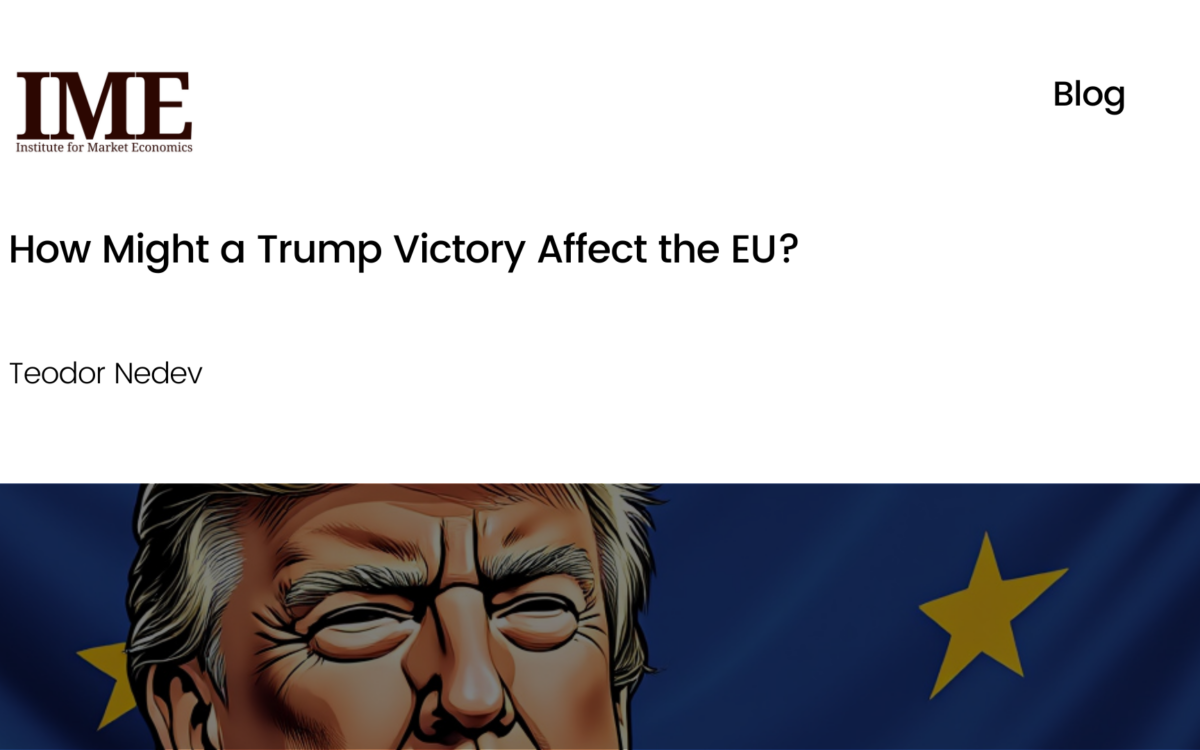The Education Voucher, a Proposal for Excellence

The Education Voucher, a Proposal for Excellence
Alvaro Martin // 5 March 2020
The idea behind education vouchers has a solid academic and research backing. This arguably began in the 1950s with Nobel Laureate Milton Friedman proposing various models for public-private partnerships to guarantee that basic services were provided more efficiently and with greater freedom of choice. That’s where education vouchers come in. What Friedman was advocating for was that all families, regardless of their household income, could make free decisions in areas such as health or education.
The way the system works is as follows: the State allocates a monthly or annual voucher to families (either to all, or only to those below a certain level of income) so that they can decide for themselves where to send their children to school and what education they will receive. Thus, both state and private education would have guaranteed access, as the allocated sum would be calculated based on the average cost per student in both systems.
Some may argue that, by including state schools, this will bring down the value of the cheque’s contribution, but this is simply not the case. In Spain, as well as in many other European countries, the average cost per student in state education exceeds that of those in educated privately. According to the annual “Data and Figures for The School Year”, which sources its data from several national bodies, Spanish annual expenditure per student in primary education amounts to €7,861/year, compared to an EU average of €6,071/year. Meanwhile, the cost of yearly tuition fees for many private schools is between €3,000-€5,000/year, amongst them prestigious international schools such as the French Lyceum or the German School.
These calculations demonstrate that school vouchers are not only a financially viable option, but that they would increase the efficiency of public investment in education as well as provide parents with near total freedom of choice. This is a basic right in a free society – education should not be a centralised policy managed by bureaucrats. Do politicians know all the different needs or interests that families may have?
For example, imagine a family of Chinese immigrants, who want their children to learn Mandarin, yet cannot afford the tuition for a private school where these classes are available. Under the current education system, they would have no choice but to accept the situation. With an education voucher, they would be able to send their children to the school of their choosing, according to their individual preferences.
Equally, if parents want their children to receive a more intensive education in either STEM or Humanities, they could decide to enrol them in specialised centres, a route that is currently unaffordable to families with limited resources. Therefore, education vouchers are a more inclusive policy. It helps to guarantee safe baselines for all, whilst providing them with an opportunity to learn and prosper, the basis for socioeconomic progress within society.
Furthermore, the sudden increase in the number of students enrolled in private schools would be a driving force behind a significant increase in the quality of education received. This was observed in the PISA report which found that, upon reaching the age of 15, state school students score an average of 489 points on the competency test, while their privately educated counterparts achieve a score of 517. This 28-point difference is equivalent to almost a whole year of schooling, as explained by UNIR in the Beyond PISA report.
Finally, if the demand for places at private schools begins to increase, you would expect the amount and variety of private education on offer to do so too. In order to attract these clients, schools will try to differentiate themselves to retain a competitive advantage, specialising in specific areas or subjects, which will drastically increase the standard level of education available and the variety of options on offer.
Similarly, parents who would prefer to keep their children in the state system could do so by redeeming their voucher at the school of their choice. Of course, these centres wouldn’t receive any subsidy other than the income obtained through the vouchers. In other words, underperforming schools that fail to attract enough demand would eventually close. Something both logical and normal.
Another point to consider is the proposal that the above condition would not apply to rural areas and others with low population density. State schools in these places would be allocated additional funds to ensure children living there would receive schooling. Likewise, all institutions would be required to comply to a core curriculum of subjects, regardless of whether they were state or private. Although this is the case today, the difference being that they would have greater freedom of specialisation.
To those who are sceptical of education vouchers, it should suffice to say that this has already been successfully tested in many countries across the world, including New Zealand, Australia, areas of Italy, several US states, and Sweden. The effects have been lower public spending and higher academic quality, which in turn has increased equality in educational outcomes between regions.
Of particular note are Sweden’s reforms which began in 1992 when they introduced a law that guaranteed freedom of choice between state or independent schools. In 1993, this was extended to also include secondary education, reducing state control over education, but guaranteeing its quality and universal access. The reform was welcomed with enthusiasm by parents, teachers and students. Its success is because private schools (many of them international, such as German, English, Italian or French) have agreed to opt-in to the education voucher system. Those who have especially benefited include students from less wealthy families, who without the implementation of this model would not have been able to access high quality private education.
To conclude, a system that uses education vouchers would ensure healthy competition in the education sector, promote greater spending efficiency, and urge greater and better specialisation.
This post originally appeared in Spanish, on Civismo’s blog. The article was translated by Loïc Frémond.
EPICENTER publications and contributions from our member think tanks are designed to promote the discussion of economic issues and the role of markets in solving economic and social problems. As with all EPICENTER publications, the views expressed here are those of the author and not EPICENTER or its member think tanks (which have no corporate view).



